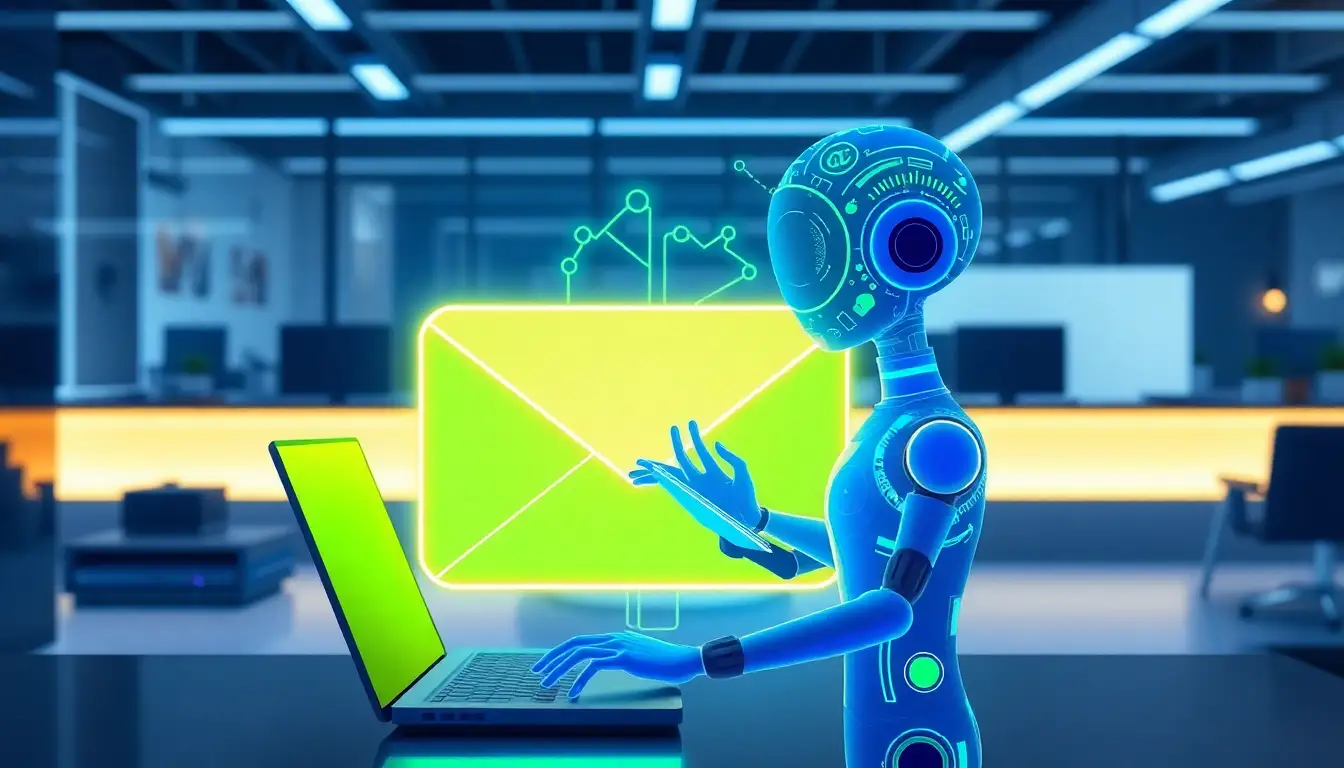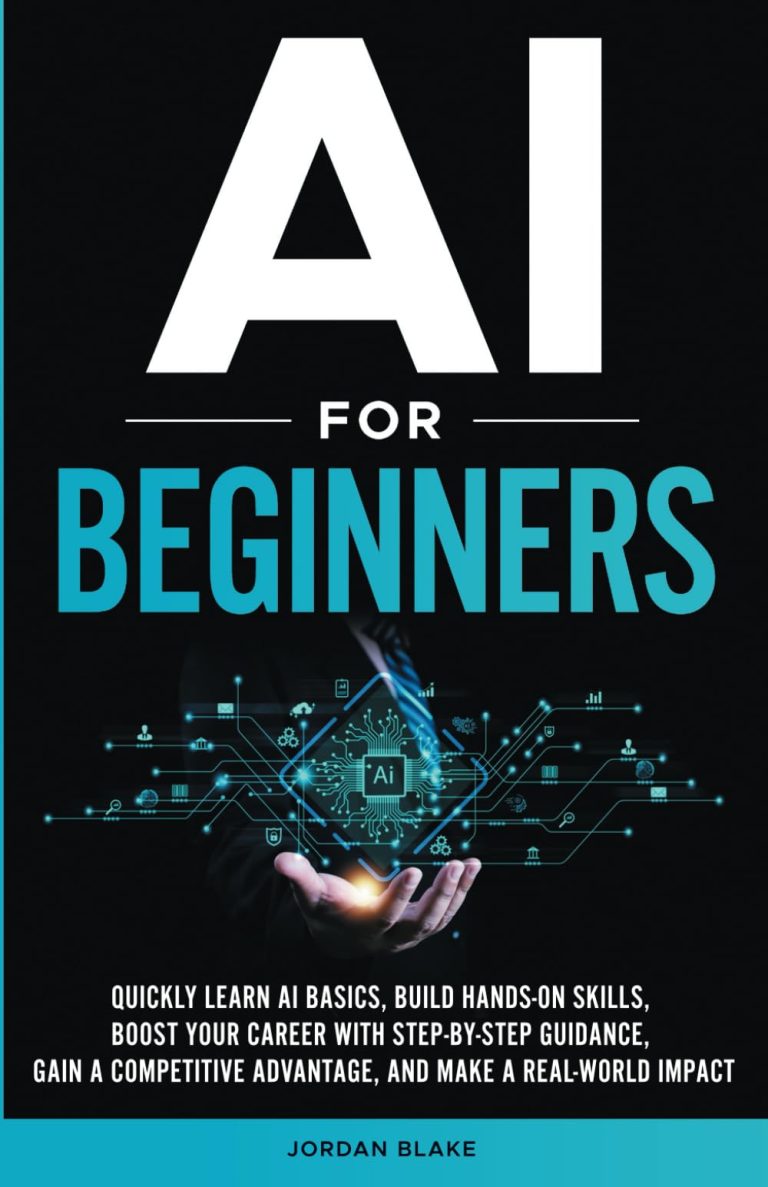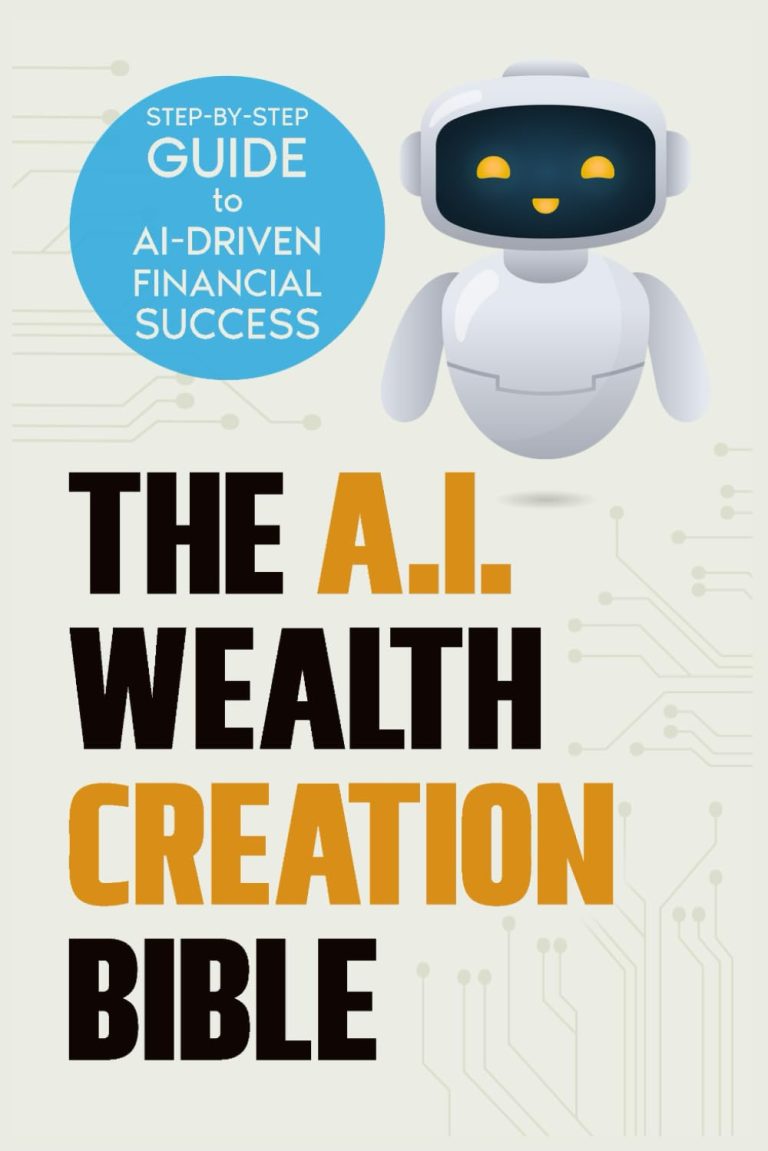
Now loading...
Microsoft is undergoing a significant transformation of its Outlook email client, focusing on rebuilding it fundamentally with artificial intelligence at its core. According to reports from sources familiar with the plans, Microsoft has reorganized its Outlook team under new leadership, emphasizing the need to create an AI-powered version of the application from the ground up.
Gaurav Sareen, the corporate vice president of global experiences and platform at Microsoft, expressed in an internal memo that instead of merely adding AI functionality to existing features, the company aims to reimagine Outlook for the modern era. “We have the chance to reimagine Outlook from the ground up,” he stated.
Sareen has taken over leadership of the Outlook team, succeeding Lynn Ayres, who is currently on a sabbatical. His memo outlined a vision for transforming the email client into more of an assistant, echoing the objectives of Microsoft’s existing Copilot technology. Sareen suggested that Outlook should be seen as a supportive “body double,” designed to ease the burden of managing overwhelming workloads.
Envisioning a revamped Outlook, Sareen shared that the future email application could autonomously read messages, draft replies, and manage schedules. He anticipates a shift not only in how the Outlook team operates but also in the speed of feature development, proposing more frequent weekly experiments instead of the traditional quarterly updates. “Expect prototyping and testing in days, not months,” Sareen noted.
AI is set to become ingrained in the way Outlook is designed and delivered, with Sareen emphasizing that it will not just be a feature but a driving force behind the team’s culture. “AI will define our culture, helping us move at the speed this moment demands,” he explained.
The Outlook team faces considerable pressure to deliver these innovations for a client used by millions, particularly since Microsoft’s recent updates to Outlook have not fully met expectations. The latest effort is part of the broader “One Outlook” initiative, aimed at unifying the various clients across Windows, Mac, and the web.
Sareen is urging his team to embrace a new mindset, encouraging them to “let go of old ways of working” and not shy away from the challenges ahead. The task of enhancing an important application for a high number of enterprises with unproven AI features will require careful consideration, especially since many executives rely on Outlook for their daily operations.
The upcoming changes to Outlook are reflective of ongoing shifts at Microsoft, which appear to be driven by the push toward AI. Currently, Ryan Roslansky, CEO of LinkedIn, also oversees Office and Outlook, further integrating these teams under the AI umbrella. As the company aims to modernize its offerings, it must also address skepticism from within, as some employees remain doubtful about the effectiveness of Microsoft’s AI initiatives.
“Next year, every product will claim to be AI native,” Sareen asserted, highlighting the difference between teams genuinely committed to overhaul their products with AI and those merely adding AI labels. He is confident that his team will be among those committed to genuine transformation.


